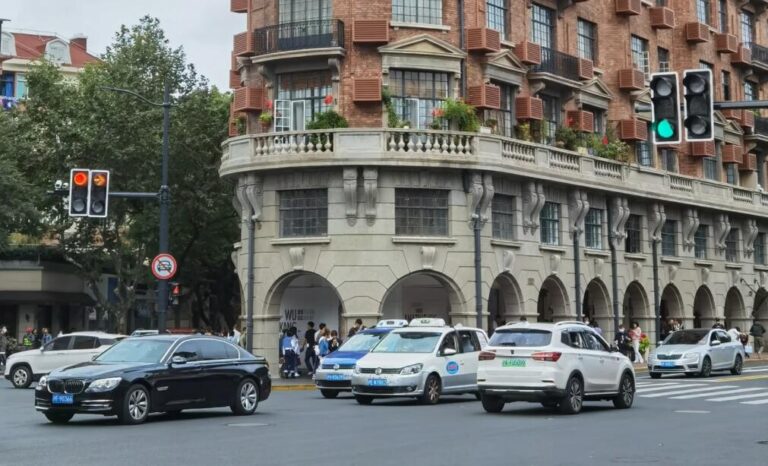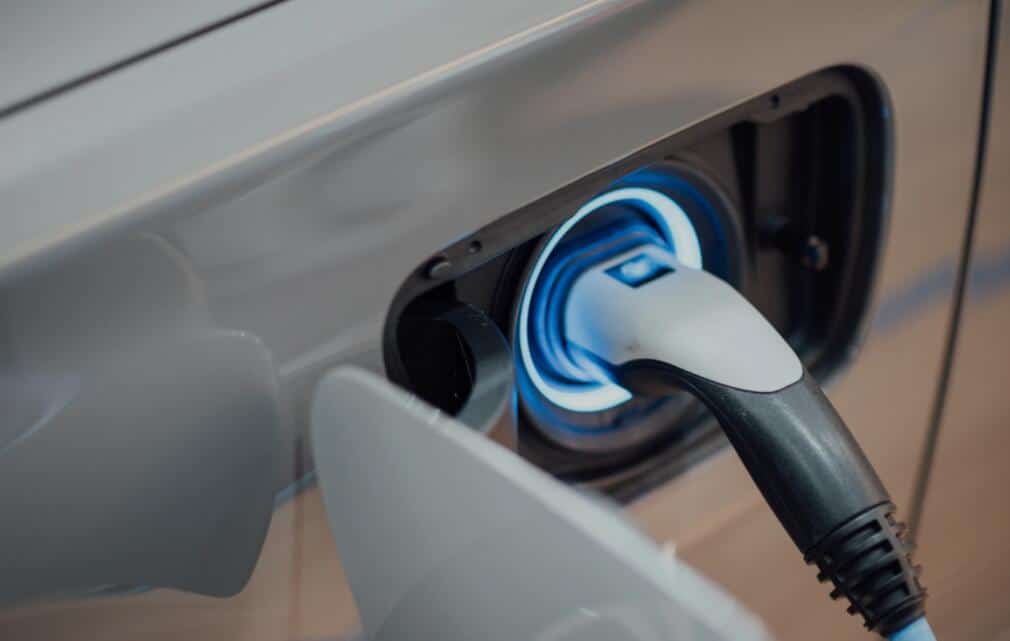The words "new energy vehicle" disappeared from the government work report delivered on Friday to the delegates of the National People's Congress as part of the annual "two sessions" for their review and approval.
The term has been mentioned in the previous seven consecutive years of government work reports and was seen as a sign of the importance the Chinese government attaches to the new energy vehicle industry.
This year's lack of mention has sparked widespread concern, but experts believe there is no need to worry.
Judging from the government work report, the auto industry has entered a period of stable development, and auto consumption is the new focus of policy support, said Cui Dongshu, the secretary-general of the China Passenger Car Association.
As the development of new energy vehicles enters the right track, and it is good that the term "new energy vehicles" is not specifically mentioned, Cui said.
Although the term "new energy vehicles" does not appear, charging piles, battery swap stations, and battery recycling have been included, signaling the government's determination to get the infrastructure right.
Battery swap stations, the most important label for Nio, started to be mentioned in the government work report last year, and this year is the second year in a row that it was mentioned.
Thanks to government support, several companies laid out battery swapping last year and implemented a program to sell vehicles and batteries separately.
China's new energy vehicles sold 1.367 million units in 2020, up 10.9% year-on-year, a record high. According to the China Association of Automobile Manufacturers, new energy vehicle sales will exceed 1.8 million units in 2021.


